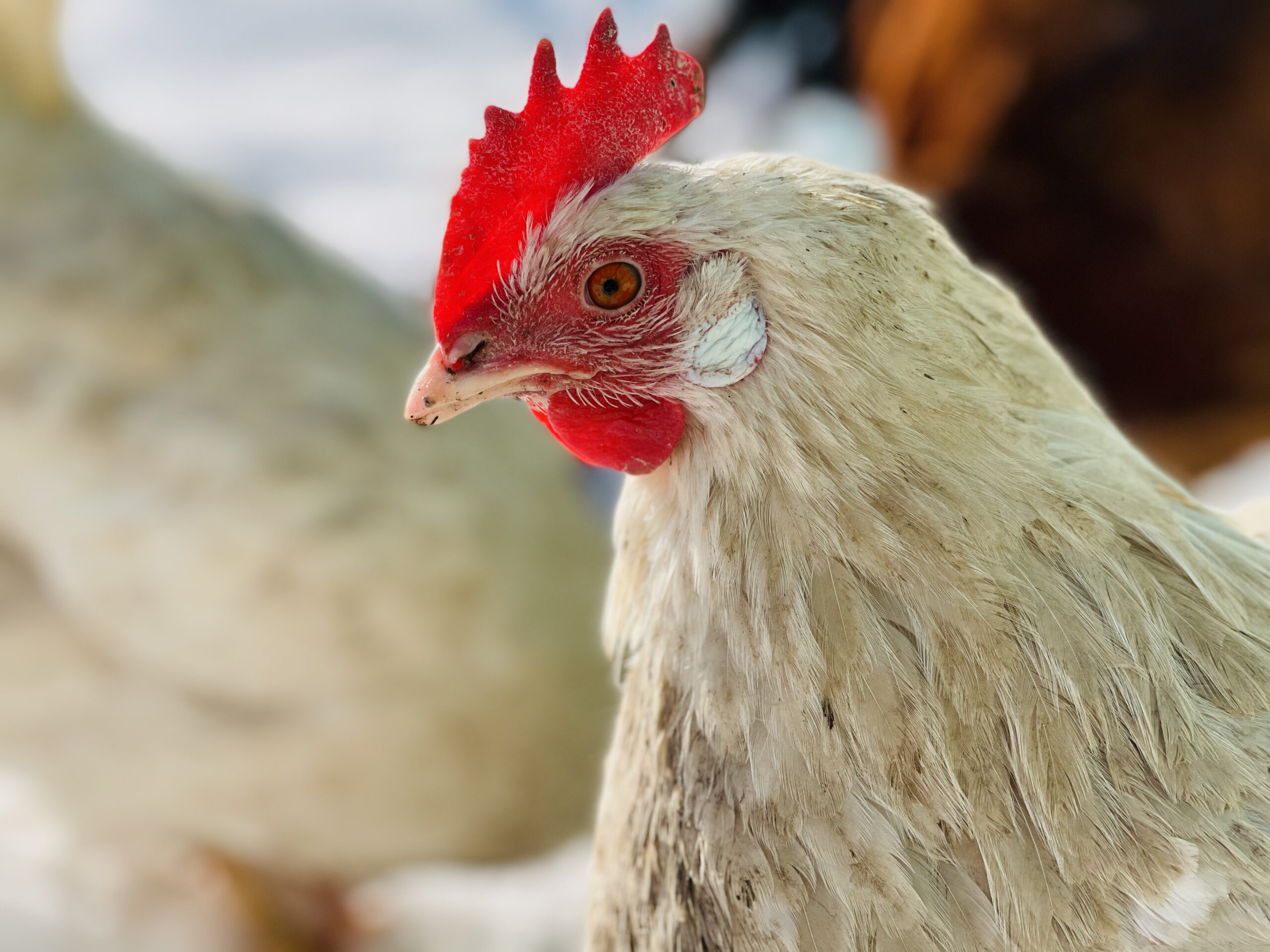Animal nutritionists encounter significant challenges in adjusting and optimizing their feed formulations. To ensure an accurate evaluation, it is essential to measure their pre-caecal phosphorus digestibility, which provides a true indication of their digestibility. In this Q&A, agronomist and animal nutrition expert Mouhcine Bhija explores the complexities of digestibility and offers insights on selecting the optimal feed phosphate for balanced and sustainable animal breeding.
Why is digestibility a crucial factor for feed manufacturers and compound feed formulators?
Phosphorus is an essential element in animal feed, playing a vital role in numerous biological processes, including bone and egg formation, energy metabolism, and cell structure. Inadequate phosphorus levels can significantly impact zootechnical performance, while excessive phosphorus intake can lead to elevated phosphorus levels in animal waste, exacerbating environmental pollution. Therefore, evaluating the bio-digestibility of both mineral and organic phosphorus sources (see Figure 1) is crucial. This assessment ensures that phosphorus is effectively absorbed in the animal’s intestine, meeting its nutritional requirements while minimizing phosphorus excretion in feces, thereby supporting more sustainable breeding practices.
How has the digestibility of PHOSFEED® 21 been measured?

The chosen methodology for evaluating PHOSFEED® 21’s digestibility involved in vivo testing, a rigorous approach that, despite its demand for considerable technical expertise and significant human and financial resources, offers the most thorough assessment of digestibility. This method assesses phosphorus absorption using radioactive markers to measure endogenous phosphorus levels, thus providing accurate digestibility values for dietary phosphate. The procedure included comparing the phosphorus bio-digestibility from various mineral and organic sources through trials conducted on homogeneous broilers in terms of species, breed, strain, and age. These trials were carried out under standard feeding and breeding conditions (temperature, prophylaxis, etc.) following a robust experimental and statistical protocol.

What were the findings of the digestibility study conducted by Wageningen?
The study protocol adhered totally to the World’s Poultry Science Association (WPSA) guidelines for assessing phosphorus availability in poultry, specifically focusing on pre-caecal absorbability. Conducted at Wageningen Bioveterinary Research, the experiment evaluated the pre-caecal absorbability of phosphorus (P) and calcium (Ca) in broilers from nine mineral phosphorus sources and one organic source (pork meal). This included five monocalcium phosphates (Ca(H2PO4)2-H2O), three mono-dicalcium phosphates (CaHPO4·Ca(H2PO4)2-H2O), and one meat and bone meal of porcine origin. All tested phosphate sources are commercially available products. The study highlighted a remarkable digestibility rate of 90.3% for Moroccan mono-dicalcium phosphate PHOSFEED® 21, surpassing other mono-dicalcium phosphates from Europe (79.2%) and America (80.2%) with statistically significant differences. This 90.3% rate is the highest ever recorded for a mono-dicalcium phosphate and is comparable to the digestibility of monocalcium phosphates MCP 22.7.



